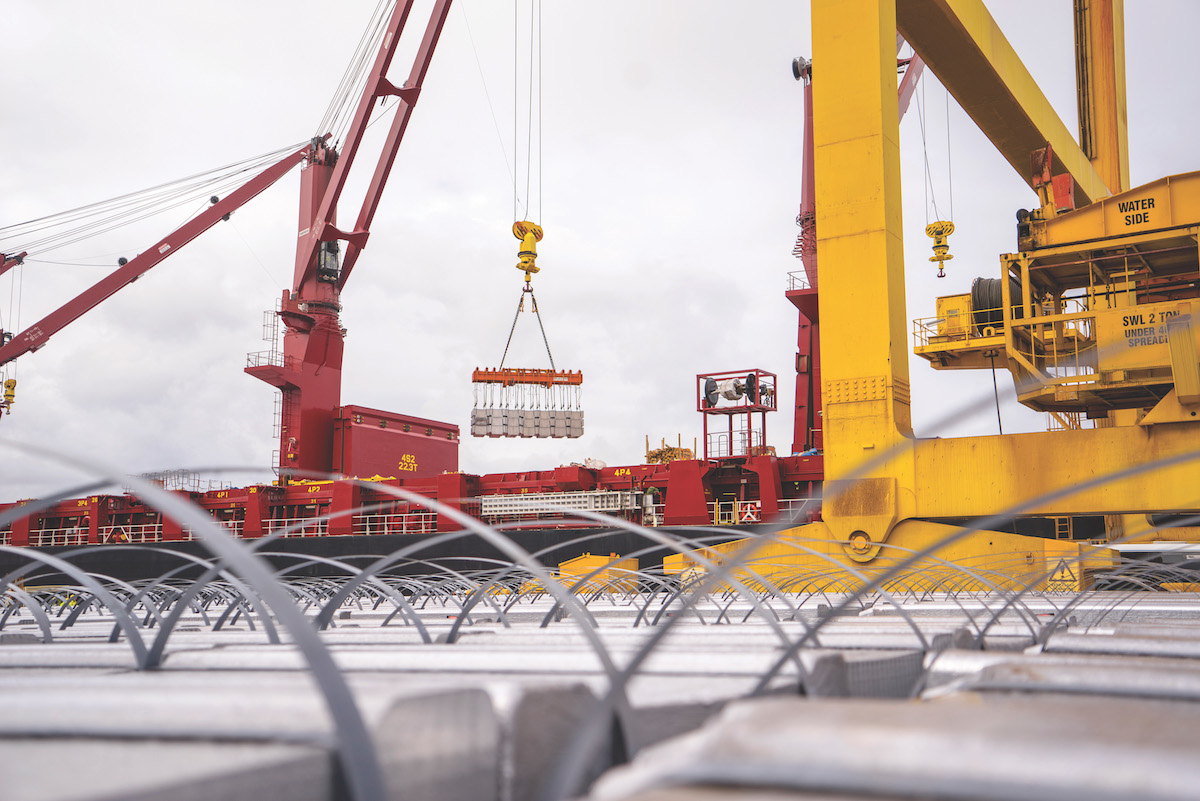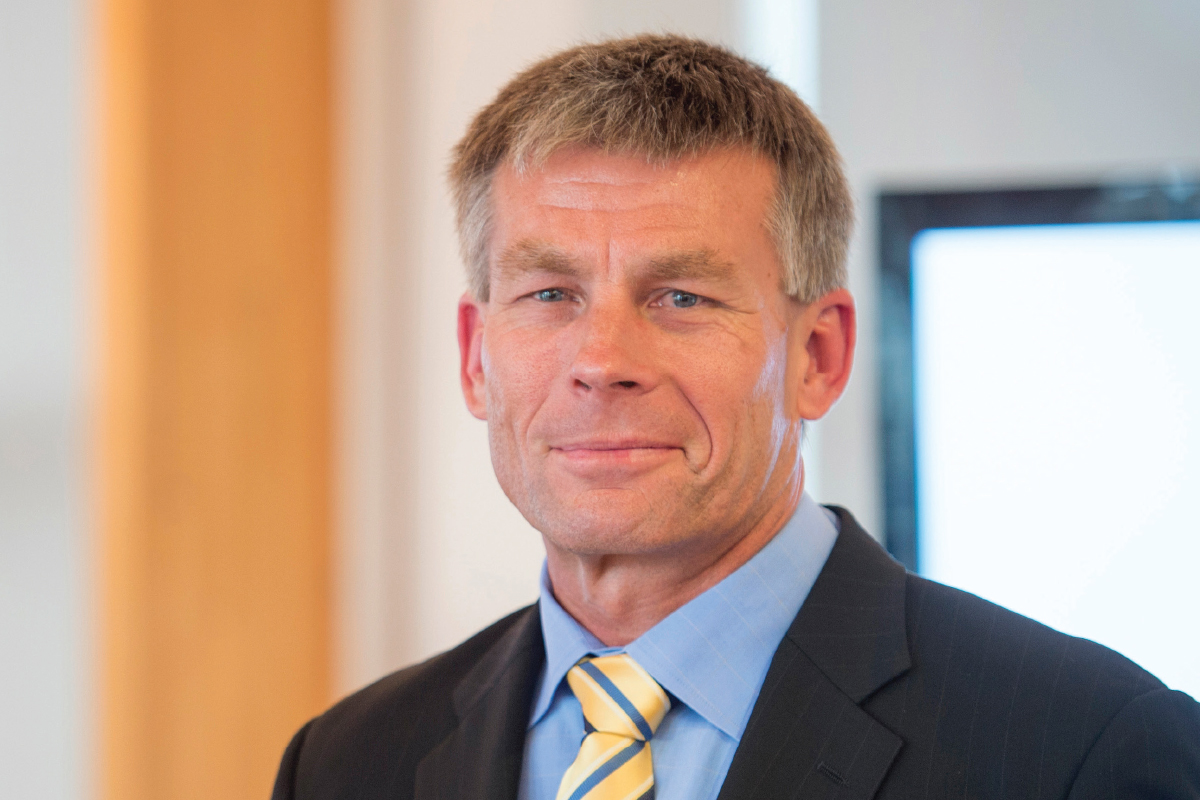Ray Mostogl had only held the position of general manager of Bell Bay Aluminium (BBA) for a matter of months before Rio Tinto, in October 2011, revealed its intention to sell off its Australasian smelters, including Tasmania’s BBA. Rio Tinto’s then CEO Tom Albanese explained that the assets would be transferred to a new business unit called Pacific Aluminium before being sold during an upswing in the market – that is, unless the smelters could promptly transform their operations to allow for greater cashflow and improve their overall sustainability.
Talk about a baptism of fire. Ray had held managerial roles within BBA since 2001, but here he was, still wet behind the ears in the top job, needing to formulate a plan that would embolden the mining leviathan to reconsider its position.
“Up until then, I could have told you every process statistic you needed to know, but I didn’t have a great sense of cash,” Ray explains. “Bell Bay needed to be a cash-driven business rather than being process based. And because it was losing a considerable sum of money, the advice from many in the industry, including consultants, was to close it.”
Ray Mostogl on presenting his plan to transform BBA
Of course, Ray wasn’t willing to accept that fate. He was so confident he could spearhead the required transformation that he put himself and his management team on the chopping block during his presentation to newly appointed Pacific Aluminium CEO Sandeep Biswas.
“The 100-day plan I prepared wasn’t a pretty set of numbers. I knew he probably wouldn’t like it, but I only sorted the numbers the night before I had to present it,” he recalls. “So it was too late to change the presentation package. All I could do was edit the last PowerPoint slide. On that slide I wrote that if the proposal wasn’t good enough, the next step was for me to go back and rework the plan. If version two wasn’t successful, I recommended replacing the whole management team and bringing someone in that could turn the place around. And if they couldn’t do it, then close the plant.

That was a pretty sobering moment for me to actually recommend my own demise and the demise of all the people who worked here.
“That was a pretty sobering moment for me to actually recommend my own demise and the demise of all the people who worked here,” he continues. “I shared that recommendation with my team when I returned to the site, and I think that probably helped them better understand where I was coming from.”
Bell Bay Aluminium united under a new vision
The boss of Pacific Aluminium signed off on the plan, and Ray’s team united in embracing his vision. Utilising the external expertise of the consultancy firm McKinsey & Company, it didn’t take long for BBA to start producing results. “We entered a pretty exceptional period of change,” he says proudly. “Within two months, we had already started to see quite a substantive turnaround in our position. We weren’t making money, but we certainly weren’t losing as much, so we knew we were on the right path.
“But more than just effecting change, we had created a learning environment. We didn’t want to be shown what to do; we wanted to be taught what to do so we could teach others. It was a case of closing one chapter and opening another, and saying, ‘Hey, look, it’s actually fun to learn something new here.’”
Ray says BBA’s new approach centres on simplified planning and shorter project turnarounds. “Before, we would take on too many projects and they would take six to 12 months to complete,” he says. “We’ve found that by undertaking only a handful of projects, but giving all our attention to them, they can be completed in six weeks and be of higher value. That efficiency comes from asking, ‘What problem are we trying to solve?’ and then describing it in a one-page statement, because if you need 10 pages, you’re probably not crystal clear in your thinking. It’s that whole sense of less is actually more.”
A call for creative thinking
Ray credits the ‘Top 20 List of Pain’ for the innovative approach. “It might sound a bit bizarre, but when you look at making changes to businesses, you normally begin by carving bits off, so you work with what I would call the number one, number two, number three idea,” he says.
“Well, we didn’t have time to go through the list, because we were under a fair bit of pressure, so we had to jump straight to number 19. And the way we phrased it was: ‘If number 20 is ‘Close the business’, what would you consider to be the nineteenth step?’ That really inspires people’s creativity because it takes them out of their comfort zone and makes them look at problems from a very different perspective. It stirred some quite controversial thinking, and through that process we realised it was really only our minds that were holding us back.”
An imminent return to full production
While BBA’s 2016 sustainability report indicates significant losses in value-added sales and weakened revenue, Ray is adamant the smelter has survived Tasmania’s energy crisis last year and will return to full production imminently. You would certainly be a brave pessimist to doubt a leader who never accepts the status quo.
“When I share my journey with an audience, I always finish with the question: ‘We downsized our workforce by 25%, and yet we’ve managed to increase production and improve our cashflow. So, which roles on site do you think had to change the most?’ Then up comes a picture of me, and what it’s about is the realisation that it’s actually your own constraints that you place on the business. It’s the questions you don’t ask; it’s the answers you don’t listen to. That’s what holds the business back.”



